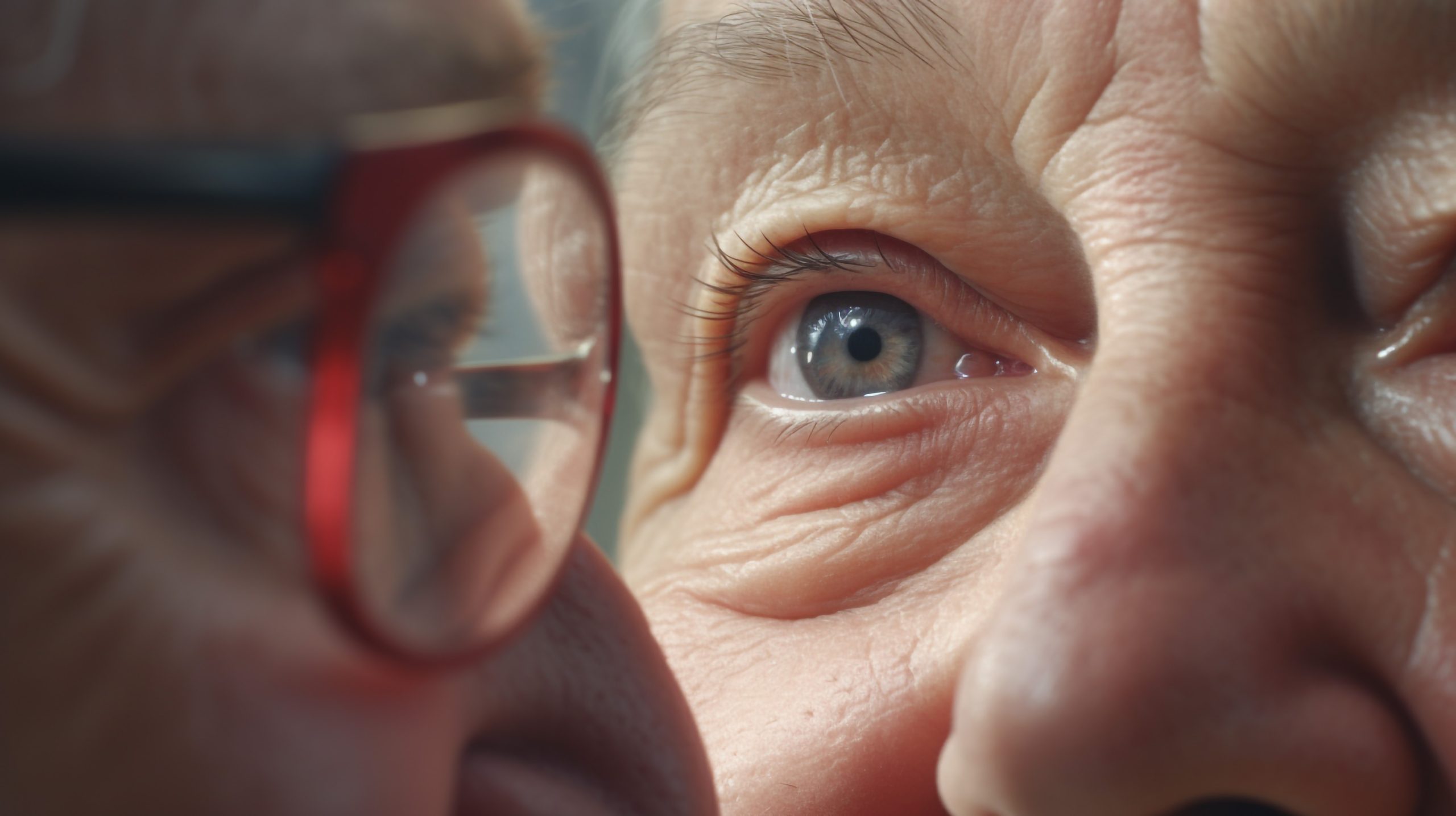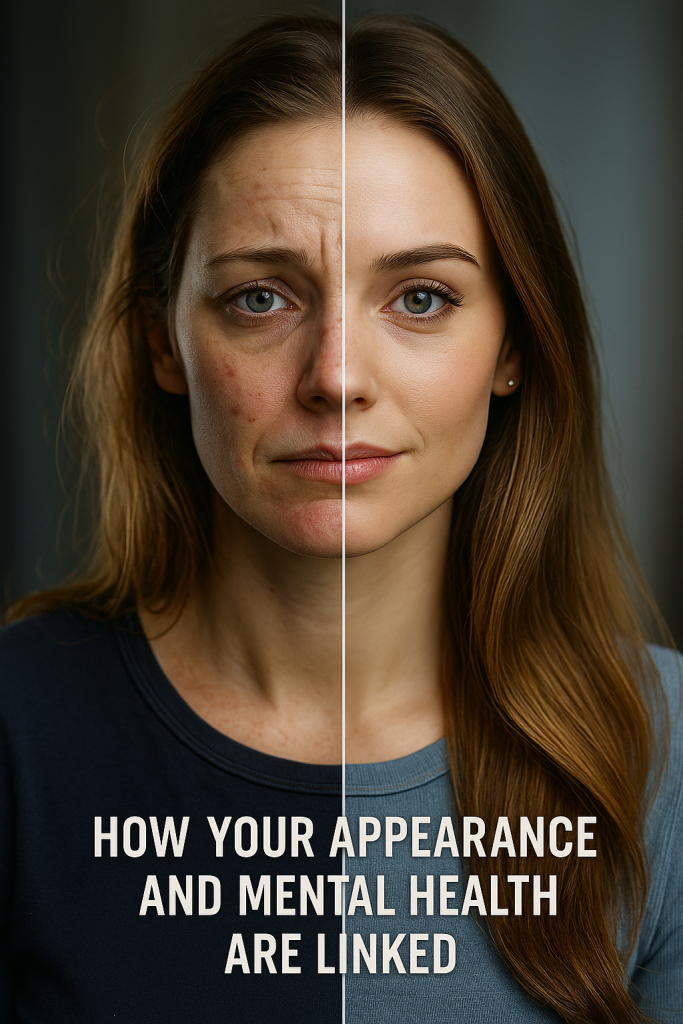Are you getting ready for a corneal transplant? You need to know what to expect during the procedure and how to take care of your eyes afterwards. A corneal transplant is a surgery to replace a damaged or diseased cornea. It can restore clear vision for those with corneal scarring, keratoconus, or corneal dystrophy. With a success rate of about 90%, most patients see improved vision after the surgery. You’ll need to follow post-operative care instructions and attend regular follow-up appointments to ensure proper healing and address any complications.
Recovery at Home
To facilitate healing and ensure optimal outcomes, it is important to prioritize rest and follow the prescribed post-operative care instructions after undergoing a corneal transplant. Managing pain during the recovery process is crucial, and your doctor may prescribe pain medication to help alleviate any discomfort. It is also important to understand that the healing process takes time and varies from person to person. While some individuals may be able to return to work within a few weeks, others may require a longer recovery period. It is important to follow your doctor’s guidance regarding when it is safe to resume work activities.
Driving restrictions may also apply after a corneal transplant. Your doctor will provide specific instructions regarding when it is safe for you to resume driving. It is important to adhere to these restrictions to ensure your safety and the safety of others on the road.
Additionally, proper diet and nutrition play a crucial role in the healing process. Eating a well-balanced diet that includes fruits, vegetables, lean proteins, and whole grains can help support your body’s healing abilities. Your doctor may also recommend specific dietary guidelines to follow during the recovery period.
Follow-up Appointments
Schedule regular follow-up appointments with your ophthalmologist to monitor the healing process after your corneal transplant. These appointments are crucial in managing infection, identifying potential complications, making necessary lifestyle adjustments, and providing emotional support. Maintaining eye health is essential for the success of your transplant.
During these follow-up appointments, your ophthalmologist will examine your eye to ensure proper healing and assess your overall eye health. They may also perform tests to check for any signs of rejection or other complications. It is important to attend these appointments as scheduled and follow any instructions given by your ophthalmologist.
To help you keep track of your follow-up appointments, here is a table outlining the recommended schedule:
| Appointment | Timeframe |
|---|---|
| 1st Follow-up | 1 day after |
| 2nd Follow-up | 1 week after |
| 3rd Follow-up | 1 month after |
Medication and Eye Drops
During your follow-up appointments after your corneal transplant, your ophthalmologist will provide you with important information regarding the medication and eye drops that you will need to use for your at home care. It is crucial to follow the prescribed medication schedule and dosage instructions to ensure proper healing and minimize the risk of complications. Here are some key points to keep in mind:
- Medication Schedule: Your ophthalmologist will give you a detailed medication schedule, including the specific eye drops and other medications you need to use. It is important to follow this schedule strictly to maximize the benefits of the corneal transplant.
- Dosage Instructions: Your ophthalmologist will provide clear instructions on how to use the eye drops and other medications. Make sure to understand the correct dosage and frequency of administration. If you have any doubts or concerns, don’t hesitate to ask your ophthalmologist for clarification.
- Potential Side Effects: Like any medication, the eye drops and other medications prescribed after a corneal transplant may have potential side effects. Your ophthalmologist will explain these side effects and what to do if you experience them. It is important to report any unusual or severe side effects to your ophthalmologist immediately.
- Alternative Treatments: In some cases, alternative treatments may be available or recommended by your ophthalmologist. These could include different types of eye drops or additional medications to address specific concerns or complications. Your ophthalmologist will discuss these options with you if necessary.
- Side Effects Management: If you experience side effects from the prescribed medications, your ophthalmologist may provide additional guidance on managing them. This could include adjusting the dosage or switching to alternative medications. It is important to communicate any issues or concerns to your ophthalmologist so that appropriate adjustments can be made.
Protecting Your Eye
After your corneal transplant, it is important to take precautions to protect your eye. Eye protection is crucial in preventing infection and avoiding irritation during the healing process. One way to protect your eye is by wearing eyeglasses or an eye shield. These will provide a physical barrier against any potential harm or accidental contact. Additionally, managing light sensitivity is essential for a comfortable recovery. You may experience sensitivity to bright light, so it is recommended to wear sunglasses or use tinted lenses to reduce glare. It is important to avoid rubbing or touching your eye, as this can disrupt the healing process and increase the risk of infection. Be cautious when engaging in activities that could potentially harm your eye, such as sports or any activity that may involve flying objects or dust particles. Taking these protective measures will help ensure a successful recovery and minimize any potential complications.
Managing Discomfort and Sensitivity
Are you experiencing discomfort and sensitivity after your cornea transplant? Managing these symptoms is an important part of your recovery process. Here are some tips to help you alleviate discomfort and sensitivity:
- Pain management: Your ophthalmologist may prescribe pain medication to help manage any discomfort you may experience.
- Light sensitivity: Wear sunglasses or a wide-brimmed hat when outdoors to protect your eyes from bright sunlight. Avoid bright lights indoors and use dimmer switches or curtains to control light levels.
- Dry eye: Use artificial tears or lubricating eye drops as recommended by your doctor to keep your eyes moist and prevent dryness.
- Redness and inflammation: Apply cold compresses over your closed eyes to reduce redness and inflammation. Follow your doctor’s instructions on the use of any prescribed anti-inflammatory eye drops.
- Eye protection: Avoid activities that may pose a risk of injury to your eyes, such as contact sports or swimming. Wear protective eyewear, such as goggles, when engaging in activities that could expose your eyes to potential harm.
Rest and Healing
Take the time to rest and allow your eye to heal after your cornea transplant surgery. Rest and relaxation are essential for the healing process. It’s important to take it easy and give your body the time it needs to recover. The healing process can take several weeks to months, so be patient and give yourself the time for recovery.
During this time, it’s important to prioritize your rest and avoid activities that may strain your eye. Avoid strenuous exercise and heavy lifting, as these activities can put pressure on your eye and hinder the healing process. It’s also important to avoid touching, rubbing, or placing any pressure on your eye, as this can disrupt the healing of the cornea.
Follow the instructions provided by your ophthalmologist on when to remove the protective cover and how to properly care for your eye. Use any prescribed eye drops and medications as directed to prevent infection and reduce inflammation.
It’s normal to experience some discomfort, redness, and sensitivity to light during the healing process. These side effects will fade as your eye heals. Be patient and allow your vision to stabilize over time. Remember, the full benefits of the corneal transplant may take several months to be realized.
Household Chores and Activities
While you are recovering from your cornea transplant surgery, it is important to make adjustments to your household chores and activities. Here are some guidelines to follow during this time:
- Post operative restrictions: Follow any specific restrictions provided by your ophthalmologist, such as avoiding heavy lifting, bending over, or rubbing your eyes. These restrictions are in place to protect your healing eye and promote successful recovery.
- Assistance with daily tasks: It is recommended to have someone help you with daily tasks such as cooking, cleaning, and laundry, especially during the initial stages of your recovery. This assistance can help prevent strain on your eyes and allow you to focus on healing.
- Transitioning back to normal activities: Gradually ease back into your normal activities as advised by your ophthalmologist. Start with light tasks and gradually increase your level of activity. Listen to your body and take breaks when needed.
- Eye protection during household chores: When engaging in household chores, wear protective eyewear such as goggles or safety glasses to prevent any potential injury to your eyes. This is particularly important when cleaning, gardening, or participating in activities that may expose your eyes to dust, chemicals, or debris.
- Managing fatigue and energy levels: It is common to experience fatigue during the recovery process. Listen to your body and rest when needed. Take frequent breaks and avoid pushing yourself too hard. Prioritize activities and conserve your energy for essential tasks.
Long-Term Care and Outlook
As you transition into long-term care and outlook after your corneal transplant surgery, it is important to prioritize regular follow-up appointments with your ophthalmologist. These appointments will allow your doctor to monitor the healing process, manage any potential complications, and assess your vision improvement. Managing complications is an important aspect of long-term care after a corneal transplant. While the success rate of the procedure is high, there can be risks such as organ rejection, infection, increased intraocular pressure, and astigmatism. Your ophthalmologist will provide guidance on how to minimize these risks and address any concerns or questions you may have. Additionally, lifestyle adjustments may be necessary to ensure a successful outcome. This can include avoiding activities that may put your eye at risk, such as rubbing or pressing on the eye, and using protective eyewear in certain situations. Emotional support is also crucial during this time, as the recovery process can be challenging both physically and emotionally. Remember to lean on your support system and reach out to your doctor if you experience any difficulties. By following your ophthalmologist’s instructions, attending regular check-ups, and seeking necessary support, you can enhance your long-term care and outlook after a corneal transplant.




